HP TouchPad And Other Doomed Devices: 10 Mobile Flops And Failures

Mobile Devices: They Can't All Be Winners
Sometimes, a mobile device just misses its mark. It can be any number of factors that ultimately do it in: lack of sales, a price that's too high, glitches and bugs. And sometimes, it's the device maker that pulls the plug, putting a device out of its misery before any real losses can stack up.
The latest victim of this is the HP TouchPad. But the TouchPad isn't the first, and it certainly won't be the last device to hit the market, only to land with a thud and be destined for extinction. Here we take a look at 10 devices (the TouchPad and nine other doomed souls) that weren't long for this world.
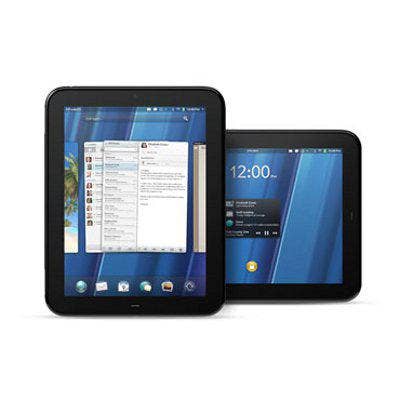
HP TouchPad
Released to a grand spectacle on July 1, the HP TouchPad tablet was HP's answer to the bustling tablet market. And the tech titan pulled out all of the stops, rounding up movie and TV stars, and even convincing Manny Pacquiao to take off the boxing gloves and pick up a microphone to pitch its product. HP revved its engine loud, but the TouchPad was stuck in neutral.
TouchPad's were stuck on shelves and took up space at Best Buy. The price of the TouchPad was whittled down to chump change. HP was handing them out like candy. And this week, HP CEO Leo Apotheker decided it is best to put the TouchPad down quickly and with as little pain as possible as HP reels in its mobility strategy for tablets and WebOS, the fruits of 2010's Palm acquisition. The TouchPad lasted just six weeks on the market.
"The reality is that the TouchPad has not been gaining enough traction in the market," Apotheker said on HP's third quarter earnings call.
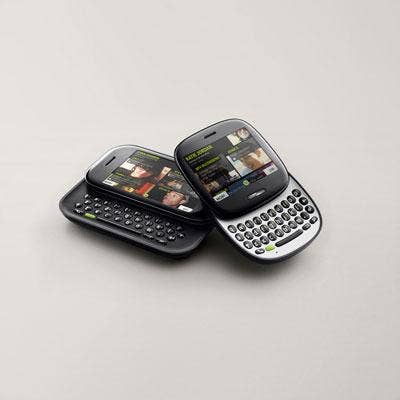
Microsoft Kin
Microsoft put its heart and soul into its first stab at mobile hardware, the Microsoft Kin devices. But no one hugged back.
The Microsoft Kin One and Kin Two devices were killed in July 2010, just two months after the devices launched. Microsoft billed the kin as a social networking-centric device aimed at teens and young adults, but it appears that the Facebook-focused Kin failed to get enough "likes," with one report saying that Microsoft was only able to unload about 500 of them in its short life.
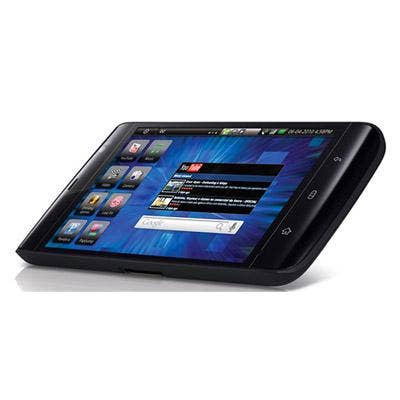
Dell Streak 5
Dell killed its 5-inch tablet, the Dell Streak, this month, bidding the tiny touch-screen a fond farewell on its website with the note: "Goodbye Streak 5. It's been a great ride."
But the Streak's ride was anything but smooth. The device struggled to find its identity. It was too big to be a phone, too small to compete against tablet kings like the Apple iPad. And, while it capitalized on the potential of Google Android, it came with an out-of-date version of the software.
The Dell Streak 5 lasted about a year, but it eventually went missing for a short time before Dell pulled the plug on it altogether.
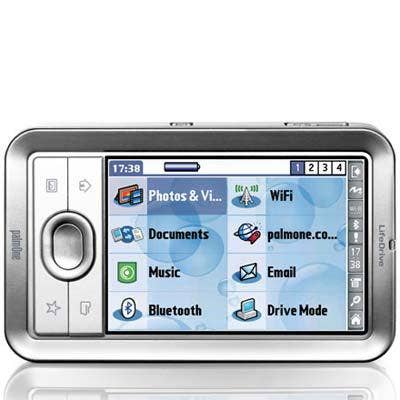
Palm LifeDrive
It's hard to say whether Palm was too early or too late to the market with LifeDrive, a handheld personal computing device that marked Palm's first leap into the mobile manager movement. It didn't have a phone, but the LifeDrive was a pumped up PDA that featured Wi-Fi and Bluetooth connectivity that offered access to e-mail, documents, an eReader, pictures and music, along with Web surfing. With a built-in 4 GB hard drive, the LifeDrive a true mobile computer. But with a price tag of $500 and the pending dawn of the Apple iPhone, Palm discontinued the LifeDrive in January 2007 after two years in the mobile market.
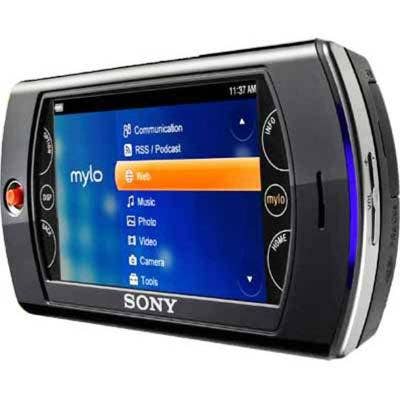
Sony Mylo
It's hard to believe the Sony Mylo (short for My Life Online, get it?) lasted nearly four years before Sony eighty-sixed it. But from September 2006 until it was discontinued in 2010, the Sony Mylo was a pocket-sized mobile device designed for instant messaging, Web browsing, media streaming and other communications. Mylo's big problem was its use of Wi-Fi only and lack of cellular connectivity, which would've made it truly mobile. Still, the device made it through two generations before Sony called it a day, despite its $300 price tag.
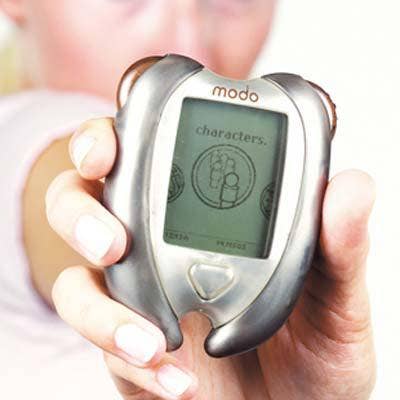
Modo
The Modo was way ahead of its time and because of that lasted just days on the market before become legend among the biggest mobile device flops of all time. The location-aware wireless device launched by Scout Electromedia in 2000 used pager networks to offer city-specific lifestyle content, like restaurant and bar reviews, move listing and other content. Keep in mind, this was well before every iPhone owner used apps to receive the same information. The venture-funded company got Modo into Virgin Megastores in New York, Los Angeles and San Francisco, but hardly any sold. Rumor has it that the Modo only shipped for one day in San Francisco before it went kaput.
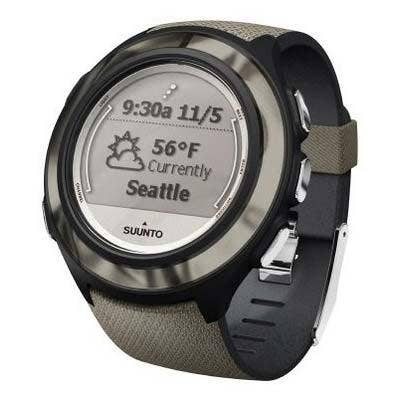
Microsoft SPOT Smart Watches
It was something straight out of Dick Tracy, literally. Microsoft developed a technology it dubbed Smart Personal Object Technology (SPOT) to put into household devices to make them, well, smarter. The first SPOT devices were Microsoft Smart wristwatches. Launched in 2004 after their CES 2003 unveiling, the watches received information over FM radio frequencies to deliver sports scores, weather information and other data. Later, the Smart watches offered users a free version of MSN direct. Microsoft killed SPOT and the watches in 2008, but not before SPOT found its way into other devices like coffee makers and other appliances.
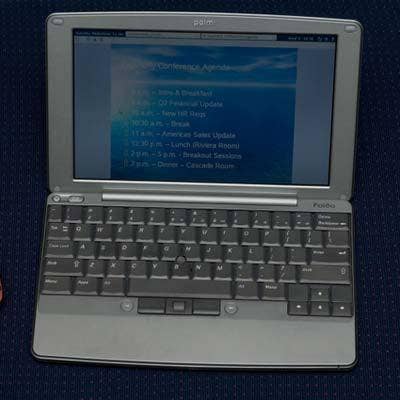
Palm Foleo
Panned by some, loved by others, the Palm Foleo was a flash in the pan that was given a mercy killing before even really hitting the market. With the Foleo, Palm essentially made a laptop for your smartphone. Dubbed a companion to the Palm Treo and other devices, the Foleo was a laptop-like device to which users tethered their smartphone. The Foleo connected to a Treo via Bluetooth for one-button e-mail syncing, providing a larger, laptop-sized screen on which to view mobile e-mail. It boasted a 10.2-inch screen, full keyboard, instant turn-on and battery life. But the Palm Foleo was destined to flop, as it came at a time when mobile users were looking to reduce the number of devices they carry, not add another one to the mix. The Palm Foleo was announced on May 30, 2007 and development was cancelled on Sept. 4, 2007.
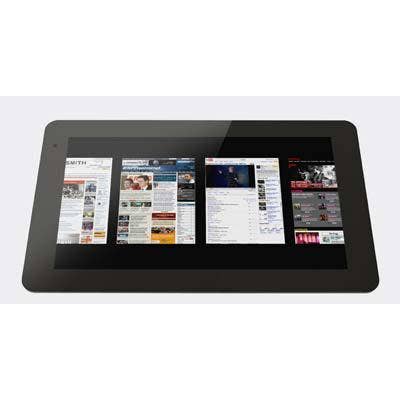
Fusion Garage JooJoo
The Fusion Garage JooJoo was rescued from the ashes of Michael Arrington's ill-fated CrunchPad project. Fusion Garage took over the project and released the JooJoo, a tablet PC where "the Internet is the application" in March 2010. Throughout its life and development, the JooJoo was plagued by starts and stops, lawsuits and investor pullouts. Come November 2010, Fusion Garage announced that JooJoo tablet in its current iteration is at "its end of life" and the company will explore several new platforms that will not have backward compatibility.
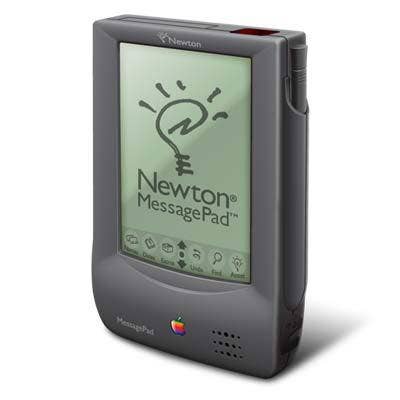
Apple Newton
Long the mobile device flop punch line, the Apple Newton was a groundbreaking device that just didn't live up to the hype. The Newton is regarded as the first product to fully demonstrate the potential for handheld computing. But the Newton clocked in at a hefty one pound and its handwriting-recognition system, or "digital ink," became the butt of many jokes. The Newton also packed in a notepad, to-do list, date book, telephone log, address file and more functions. The first Apple Newton became available in 1993. Apple discontinued the Newton in 1998.